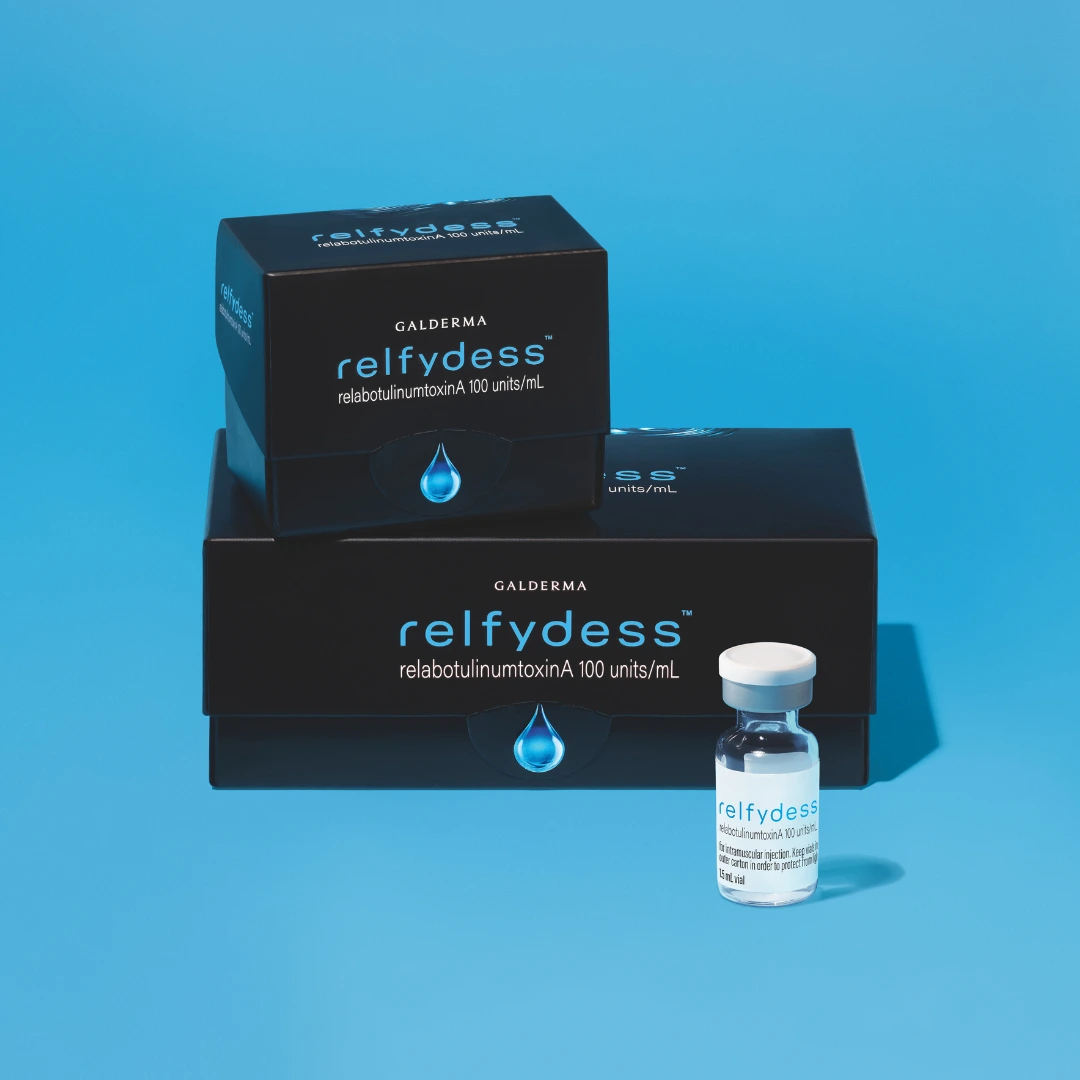Who’s getting what, when, where and why
The world of aesthetics is changing fast – not just in terms of what treatments are available, but who is having them and why. If you walk into any reputable clinic in 2026, you’re just as likely to see a 27-year-old creative booking preventative skin boosters as you are a 52-year-old maintaining her confidence with subtle cheek support. And increasingly, yes – you’ll notice more men too (more on that later).
In 2024, traditional cosmetic surgery saw a 5% rise (BBC, BAAPS). As for non-surgical treatments? They’re growing far faster – up 14% overall and 23% for non-invasive procedures in the UK (The Exeter Daily, 2025).
Rather than just listing the trends, let’s break this down in a way that answers the questions you might be having: who, what, when, where, and why.
Who are getting treatments?
Women – still leading the way
Women continue to make up the majority of non-surgical aesthetic patients, especially when it comes to injectables like anti-wrinkle treatments and fillers. Studies around 2024–2025 show women accounting for around two-thirds of all aesthetic treatment bookings globally (Coherent Market Insights, 2025).
But what’s interesting is the motivation:
Women today are looking for control, prevention, and confidence – not dramatic facial change or celebrity copycats. The trend is subtle, polished, and very “I woke up like this”.
Social media has played a massive part: the rise of filters and HD cameras has made us more aware of texture and fine lines. According to Professional Beauty, 62% of Brits aged 18–34 are considering non-surgical treatments within the next year, compared to only 28% of those over 35. That’s a generational shift from “fixing” to future-proofing.
Men – the fastest growing group
Yes, men are here. Quietly at first… and now confidently.
While men still make up a smaller share, they’re entering the aesthetic space with purpose. BAAPS reported a slight dip in male cosmetic surgeries in 2024, but a rise in non-surgical procedures – particularly anti-ageing and facial rejuvenation.
This mirrors what clinics are seeing daily. Men tend to start with small, practical steps like anti-wrinkle injections or skin boosters, and then move on to more structured treatment plans once they see results.
By 2026, the men’s segment won’t just be a niche, but rather one of the fastest-growing demographics in the UK market.
Age – it’s no longer a “midlife” thing
A few years ago, most aesthetic patients were 40+.
Now we’re seeing three clear groups:
| Age range |
Why they come in |
What they choose |
| 20s and early 30s |
Prevention + radiance |
Skin boosters, light botulinum toxin, skincare routines |
| Late 30s to 40s |
Subtle structural support |
Fillers for definition, collagen-stimulating treatments |
| 45+ |
Maintenance + Skin quality |
Biostimulators, skin resurfacing, hydration, long-term plans |
The key shift?
People aren’t waiting for a problem anymore
They’re treating the skin before the lines even have a chance to deepen. So while the 40s–50s crowd still leads in skin maintenance, younger adults are defining what we might call “proactive aesthetics” – and that’s where the industry’s growth is focused.
What treatments are people choosing?
It’s official. Non-surgical is now the mainstream. Yes, it’s true that full-blown surgeries like face-lifts and liposuction are up slightly (BBC, BAAPS), the real boom is in treatments that require no downtime. In 2026, patients are looking to walk out of the clinic and go straight to lunch.
Dermal Fillers and Anti-Wrinkle Injections
These treatments are still the backbone of the industry, but the goalposts have shifted.
The last thing patients want for their appearance in 2026 is to look “done.” The modern filler patient is looking for balance, not bulk. We’re seeing mid-face rejuvenation, soft contouring, and refined hydration rather than exaggerated lips or cheeks.
The data shows this too:
Demand for mid-face fillers and skin boosters has surged, while “overfilled” aesthetics are being left in 2018… where they belong (Aesthetic Medicine, 2025).
Skin Boosters and Regenerative Treatments
If one phrase sums up 2025 – 2026, it’s skin health over structural changes.
Skin boosters, polynucleotides, and overall skin rejuvenation are exploding because these treatments improve texture, tone, and collagen without altering facial features. Patients want “glassy, dewy skin” or “lit-from-within radiance” – results that were once only achievable through heavy foundation.
In fact, the UK’s skin tightening market is growing at nearly 15% CAGR (Mobility Foresights, 2025), driven by devices like radiofrequency and ultrasound. Treatments such as controlled chemical resurfacing represent this shift perfectly – science-backed results with zero downtime.
Peels, Lasers, and Skin Tech
Chemical peels, laser rejuvenation, and hybrid resurfacing treatments are back in demand – but with a modern twist. Gone are the harsh, flaky peels of the past. Brands like pHformula and energy-based systems are leading a new generation of controlled, comfortable treatments that merge dermatology and beauty.
When are patients booking?
Aesthetic treatments follow seasonal patterns more than people realise.
Autumn: Repair and Refresh Season
After summer sun exposure, autumn becomes the busiest period for skin boosters, peels, and resurfacing. Patients are ready to restore and reset before winter, and the “back to skin school” mentality is stronger than ever.
Early Summer: Events and Travel Season
Wedding season, holidays, and social calendars drive an increase in anti-wrinkle injections and subtle skin booster treatments from May through July. Patients want to look refreshed for photos and gatherings.
Winter & January: Resolution Time
January 2026 will mark the start of an Aesthetic New Year. Clinics can expect patients plan their yearly maintenance, book memberships, and map out their treatments. This period aligns perfectly with the emerging subscription-style aesthetic memberships (something we’ll touch on later).
The big shift?
Patients aren’t coming once or twice a year anymore.
They’re treating aesthetics like fitness – a consistent part of self-care. It’s not unusual now for regular clients to have quarterly touch-ups or skin renewal sessions every 8–12 weeks.
Where are people getting treatment?
Here’s where things get interesting: the “race to the bottom” on price is slowing down. Patients are getting smarter. It used to be that people just went wherever had the cheapest deal. Not anymore.
Consciously choosing medical-led clinics
In 2024, the UK government formally began shaping licensing for non-surgical aesthetic procedures to regulate safety standards (GOV.UK). This is already changing consumer behaviour. People are choosing qualified medical clinics over high-street salons, driven by awareness and trust.
And with more clinics opening each year, reputation matters more than ever. Those that combine expertise with experience will stand out in 2026’s increasingly regulated environment.
Loyalty is stronger than ever
While discounts may still catch the eye, patients are showing strong loyalty to clinicians they trust. It’s not about chasing deals anymore – it’s about results, safety, and relationship with your practitioner. Clinics offering personalised, data-driven plans are the ones patients will keep returning to.
Why are people getting treatment?
This may be the most important shift of all. It’s not about “looking done” or “looking young.”
Prevention is power
Younger patients are using aesthetics as a way to “future-proof” their skin, keeping lines at bay before they form. This generation sees injectables as skincare’s next step, not vanity.
Maintenance, not makeovers
Older patients are focused on maintaining rather than reversing. They want to look like themselves, just a bit more rested and radiant.
The pursuit of natural beauty
According to multiple industry sources (still need to site them), “natural-looking” results are now the number one request at consultations. Overfilled cheeks and frozen foreheads are out – soft, subtle, skin-first treatments are in.
What’s Coming: Predictions for 2026
So where is the industry heading next? Let’s take what we’ve seen – the data, the demographics, the trends – and project forward.
- Memberships will become the new normal
2026 patients love structure. Membership models are already emerging, helping patients plan and budget treatments while enjoying continuity and priority access. Clinics offering tailored memberships will see stronger loyalty, more consistent results, and happier patients.
- Skin health becomes the status symbol
Forget heavy contour. The future aesthetic flex is skin radiance. Expect even more interest in skin boosters, biostimulatory treatments, and regenerative injectables.
- The rise of regenerative science
Polynucleotides, collagen stimulators, and the “bio-hacking” side of aesthetics is expected to soar. Treatments that heal and strengthen skin at a cellular level will overtake those that change structure.
- Men step into the spotlight
From subtle toxin use to skin-boosting and hairline restoration, men’s demand for discreet, natural treatments will keep growing – particularly in the UK, where stigma is finally fading.
- Medical tourism to the UK
London, in particular, is becoming a destination for safe, regulated aesthetic medicine. Patients are travelling in for premium care rather than looking abroad for budget procedures.
- At-home tech & hybrid care
LED devices, app-guided skincare routines, and clinic-approved home maintenance plans will keep patients engaged between appointments.
- Sustainability becomes a deciding factor
Consumers care where their products come from – and aesthetics will be no exception. Clinics embracing recyclable materials, ethical sourcing, and transparent ingredient policies will earn loyalty.
Final thoughts
With non-surgical treatments rising over 14% year-on-year in the UK and skin-focused technologies leading the charge, 2026 will be a year where aesthetics and wellness finally merge. We predict patients to finally start viewing aesthetics as self-care through science rather than a vanity grab.
For clinics:
- This is the time to lead. To offer data-backed, clinically led, and emotionally intelligent care.
For patients:
- It’s the time to embrace subtlety, long-term planning, and form a relationship with your aesthetics practitioner the same way you would your hairdresser or personal trainer.
All-in-all?
Aesthetic medicine in 2026 looks incredibly natural, personalised, and empowering.





